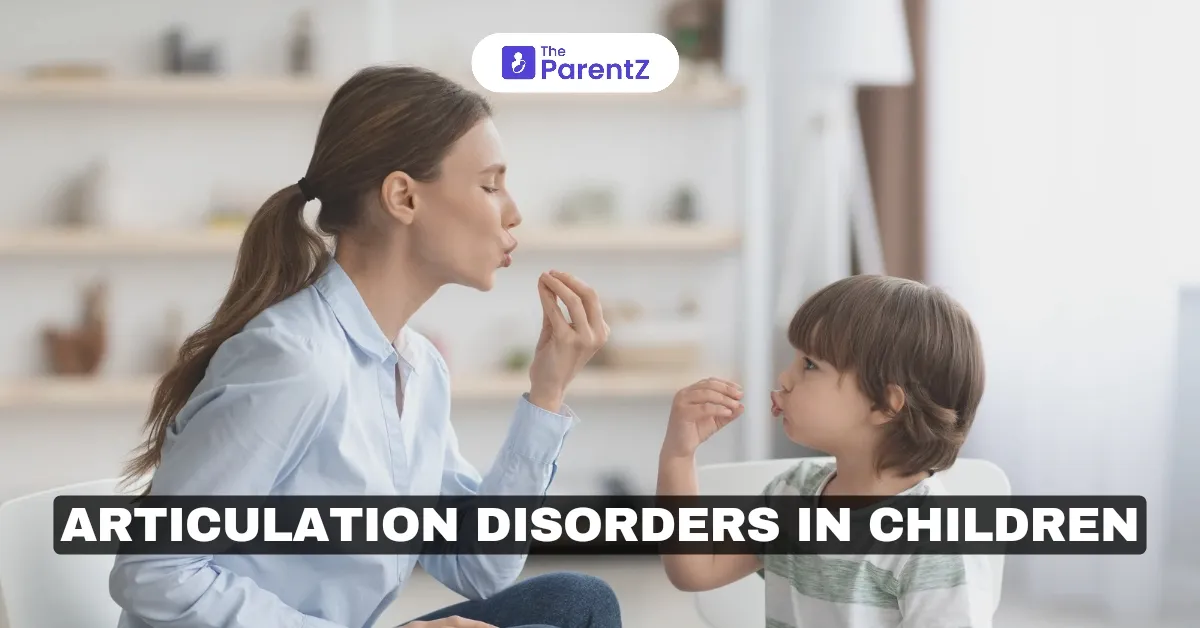Articulation disorders are speech problems where a child struggles to pronounce certain sounds correctly, affecting their speech clarity. These issues are typically identified in early childhood and can influence academic and social development if left untreated. Awareness of articulation disorders and their treatment can greatly benefit children and help them communicate effectively.
Interesting Facts about Articulation Disorders
• Articulation disorders affect nearly 10-15% of preschool children, making them a common communication disorder.
• Boys are more likely than girls to exhibit articulation disorders.
• Early intervention can significantly improve speech outcomes, with many children achieving normal articulation with proper therapy.
• Articulation issues often involve common sounds such as “r,” “s,” “th,” and “l.”
Prevalence and Incidence of Articulation Disorders
Articulation disorders are prevalent among young children, with a range of 2-25% affected, depending on age and gender. Research suggests that around 8-9% of children in the United States experience speech sound disorders, including articulation disorders.
The incidence of articulation disorders varies based on factors such as age, gender, and socioeconomic status. Studies indicate that approximately 4-5% of children at any given time are affected by significant speech and language problems. Boys are generally diagnosed more frequently than girls, with a male-to-female ratio of about 2:1.
Causes of Articulation Disorders
Articulation disorders can arise due to various factors:
1. Developmental Delays: Some children develop speech and language skills more slowly than others.
2. Genetic Factors: A family history of speech or language disorders can increase the risk.
3. Hearing Impairments: Hearing loss can hinder a child’s ability to pick up correct speech sounds, leading to mispronunciation.
4. Neurological Conditions: Disorders such as cerebral palsy or developmental coordination disorder can impact speech articulation.
5. Physical Abnormalities: Structural issues, such as cleft palate or misaligned teeth, can contribute to articulation problems.
6. Environmental Factors: Limited exposure to language or lack of verbal interaction can slow a child’s speech development.
Treatment Approaches for Articulation Disorders
The goal of treating articulation disorders is to improve a child’s ability to articulate sounds correctly, enhancing their communication skills. Common treatment approaches include:
1. Speech Therapy: A certified speech-language pathologist (SLP) works with children to practice producing sounds correctly. Therapy may involve phonetic exercises, repetition, and reinforcement techniques to ensure the child can make sounds accurately.
2. Articulation Exercises: Tailored exercises, like blowing bubbles or saying specific words, can strengthen the muscles involved in speech.
3. Parental Involvement: Parents play a crucial role in reinforcing therapy at home by engaging in speech-practice activities and maintaining positive reinforcement.
4. Technology Aids: Some children benefit from using apps or devices that provide immediate feedback on their pronunciation.
A Note for Parents
As a parent, noticing articulation issues in your child can be concerning, but early intervention can lead to effective improvement. Encouraging speech at home by engaging in conversations, reading together, and practicing sounds can help your child feel supported and motivated. Collaborate closely with your child’s speech therapist and celebrate their progress, even if it’s gradual.
Message to Cure It
Early diagnosis and consistent therapy are the most effective ways to address articulation disorders in children. Speech therapy can help children gain confidence and communicate more effectively with family, friends, and teachers. With supportive, proactive involvement from both parents and professionals, children with articulation disorders can significantly improve their speech and reach their full communication potential.
Conclusion
Articulation disorders in children are common and manageable with the right approach. Understanding the prevalence, causes, and treatment options empowers parents to seek timely help for their children. Early speech therapy intervention and parental support can make a remarkable difference in helping children overcome articulation issues, leading to better social interactions, academic performance, and confidence.







